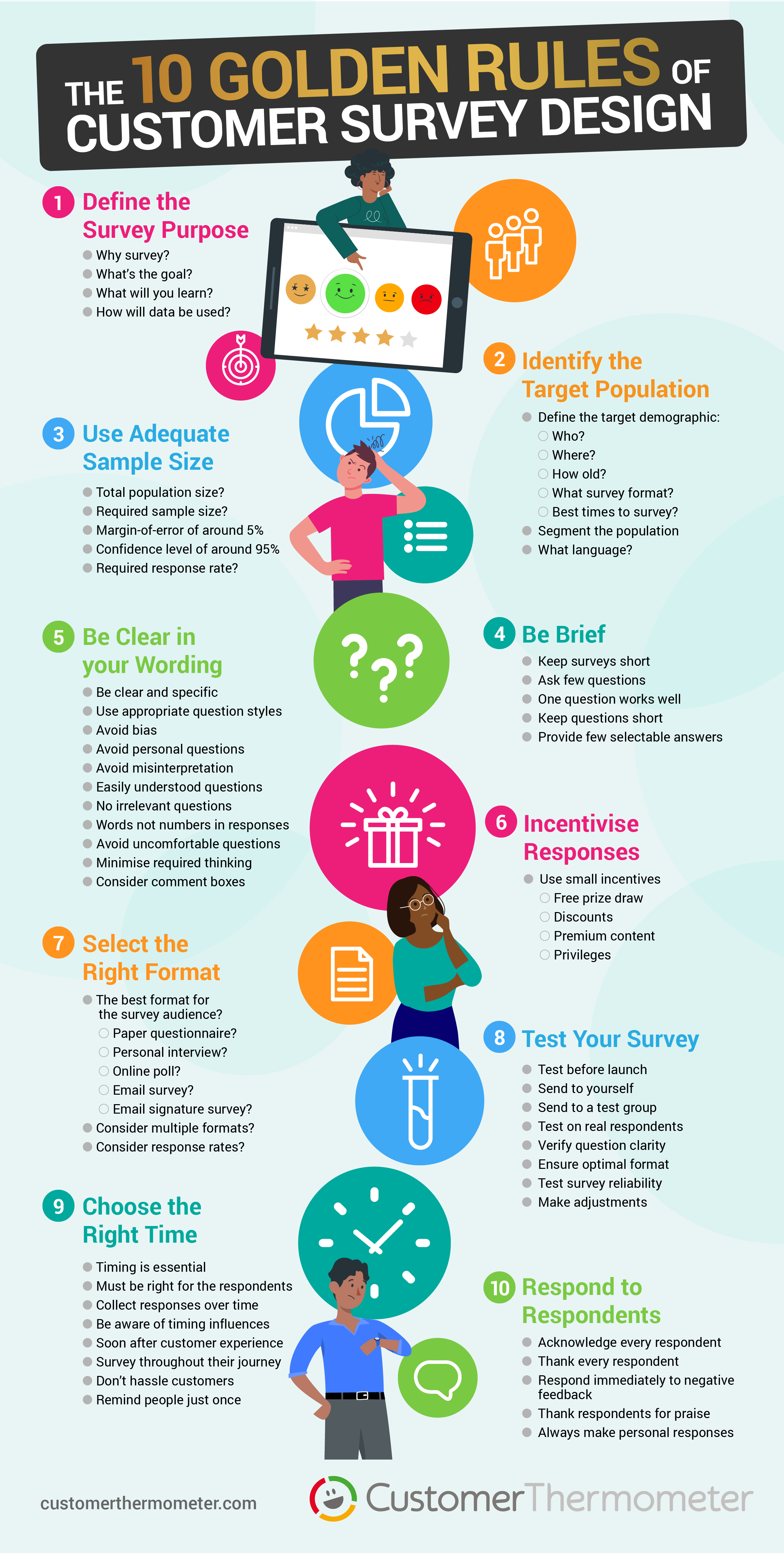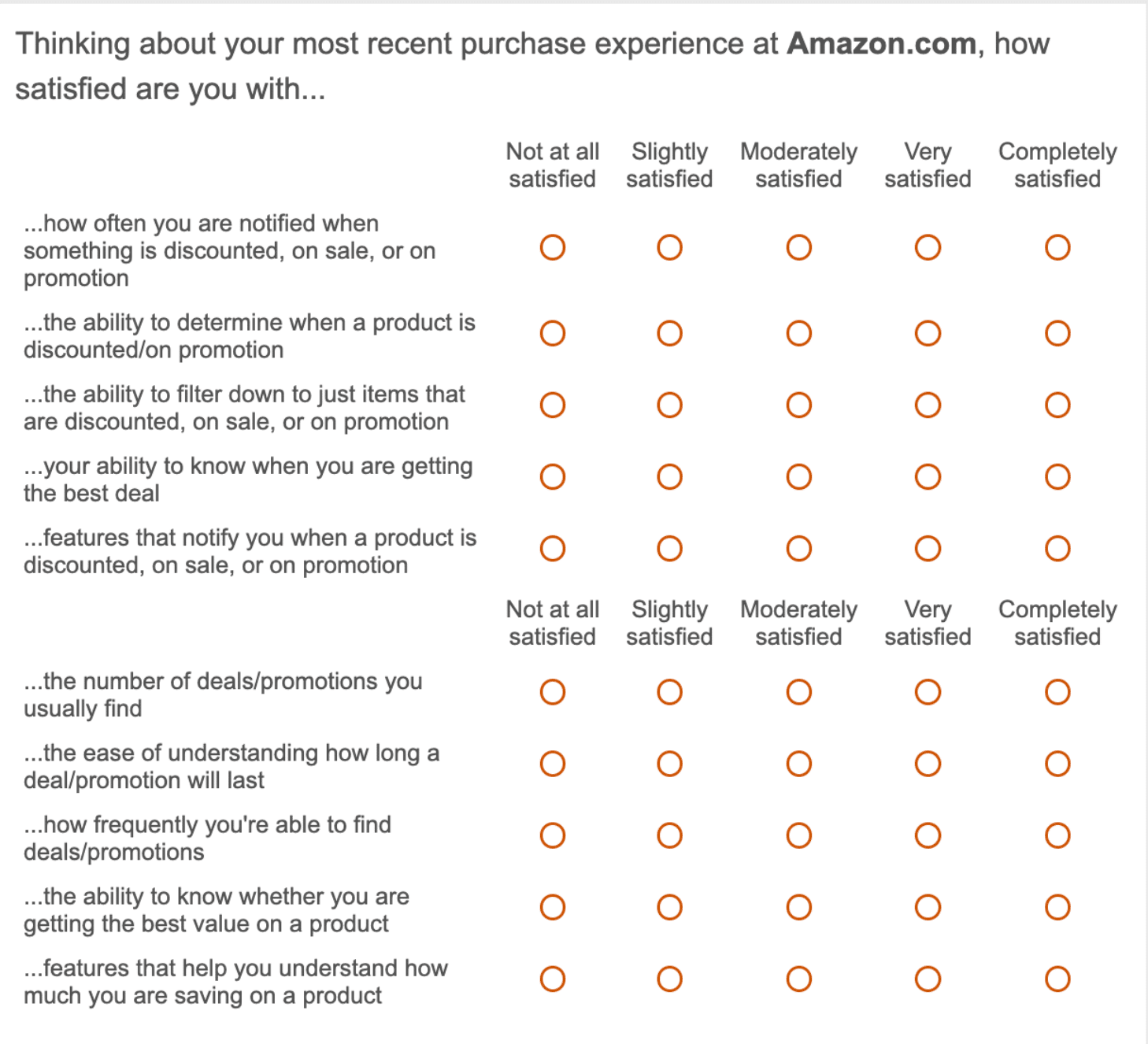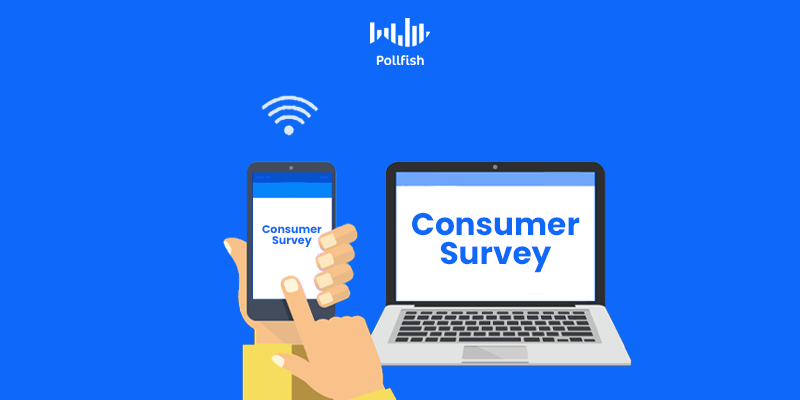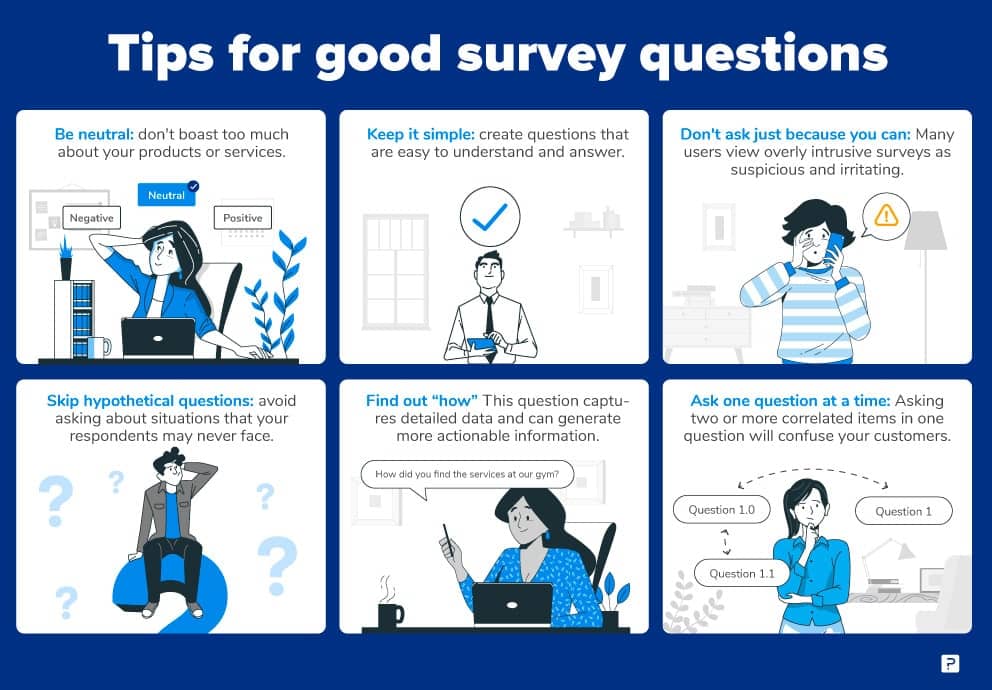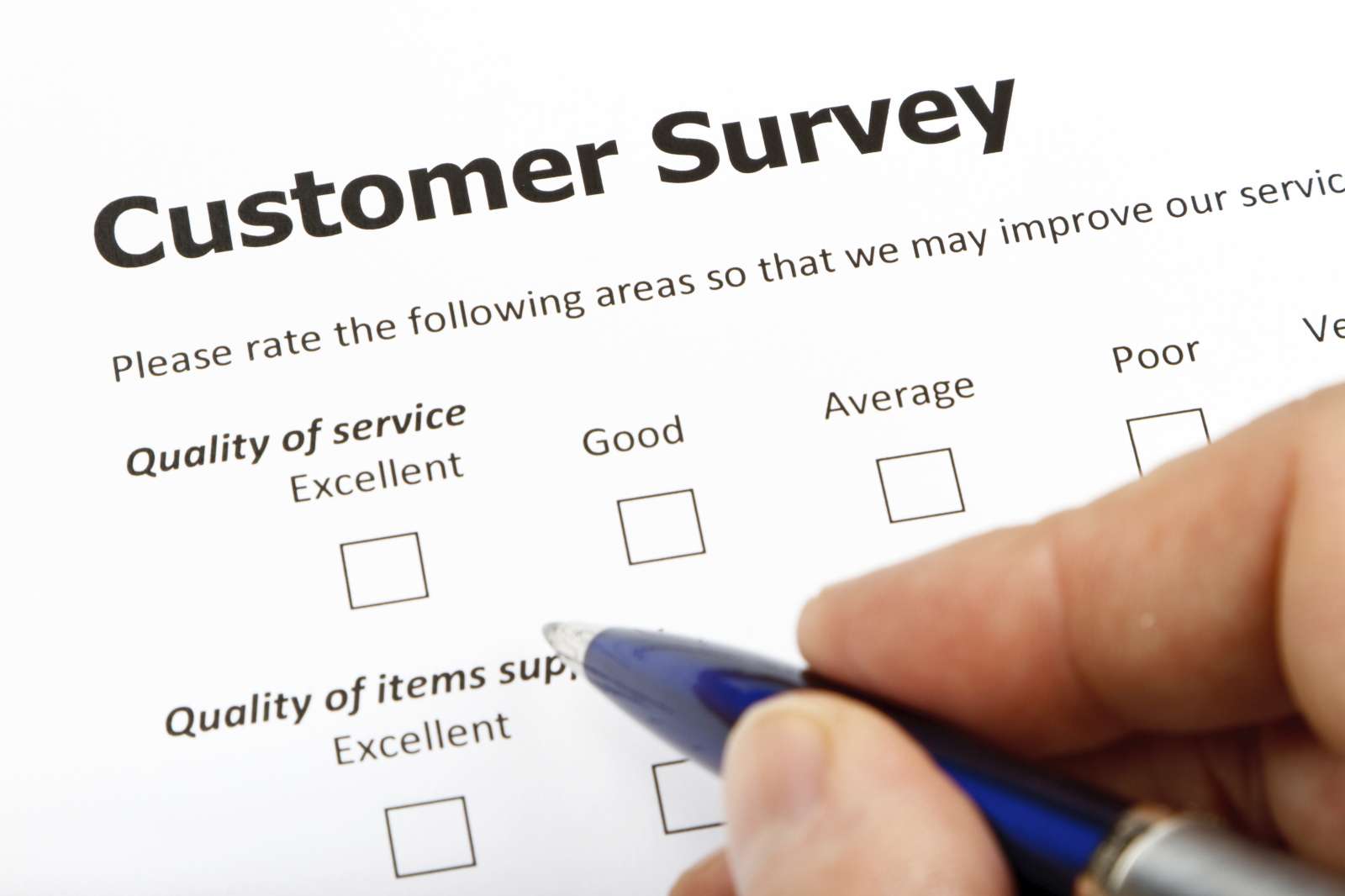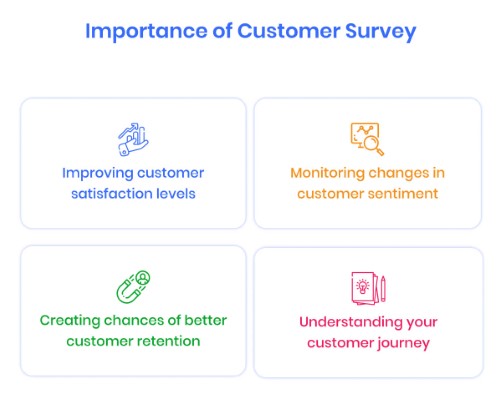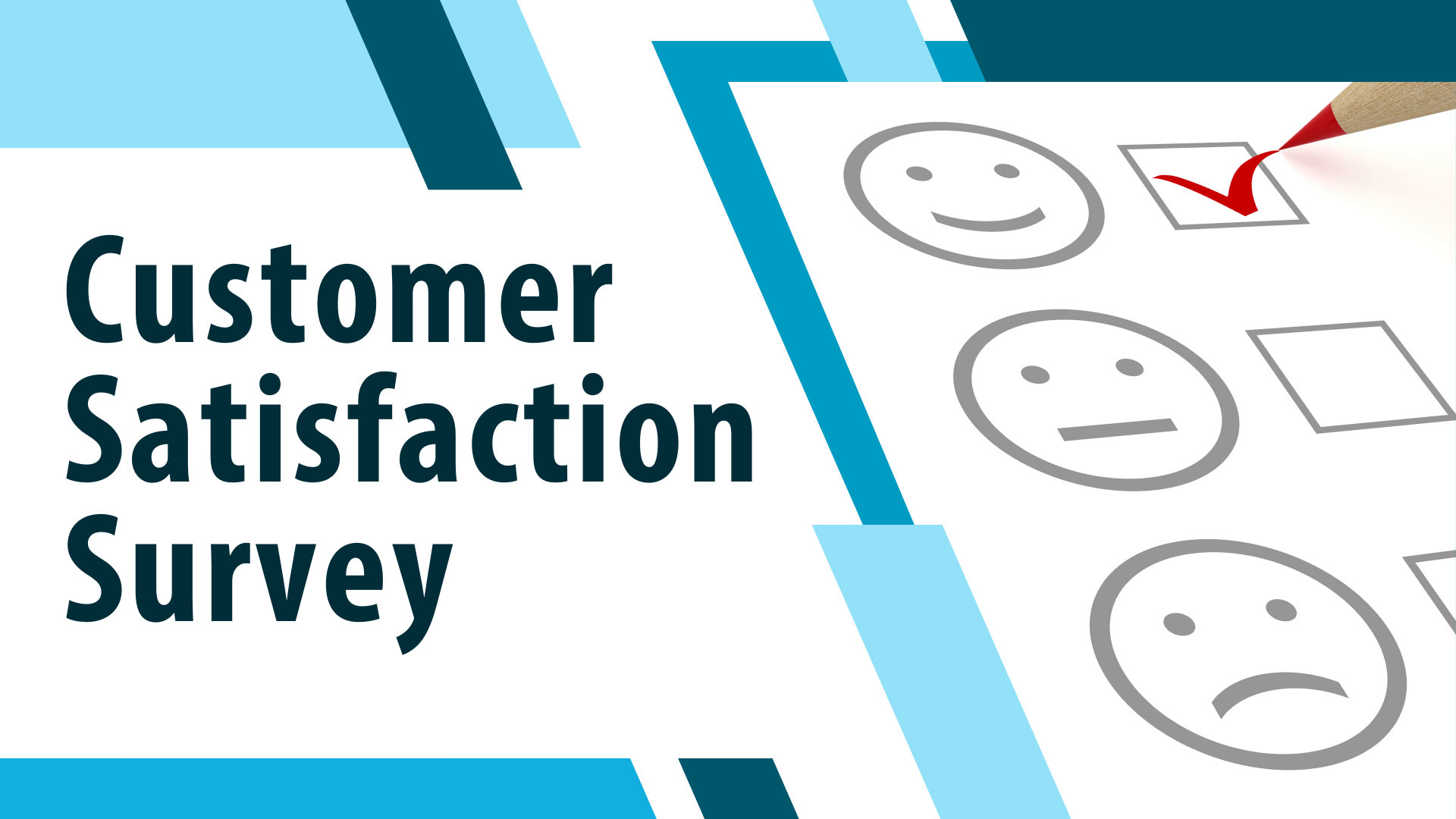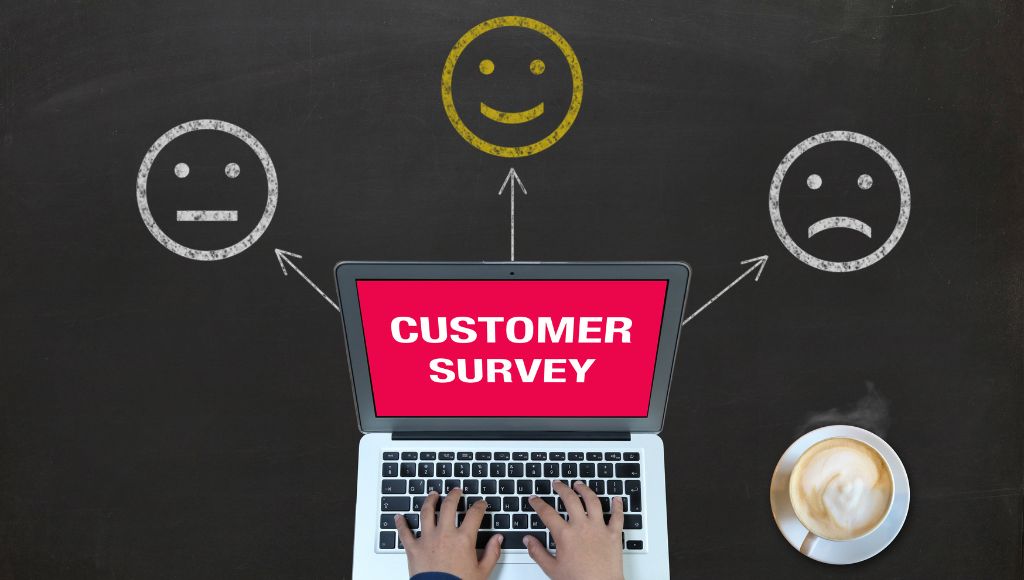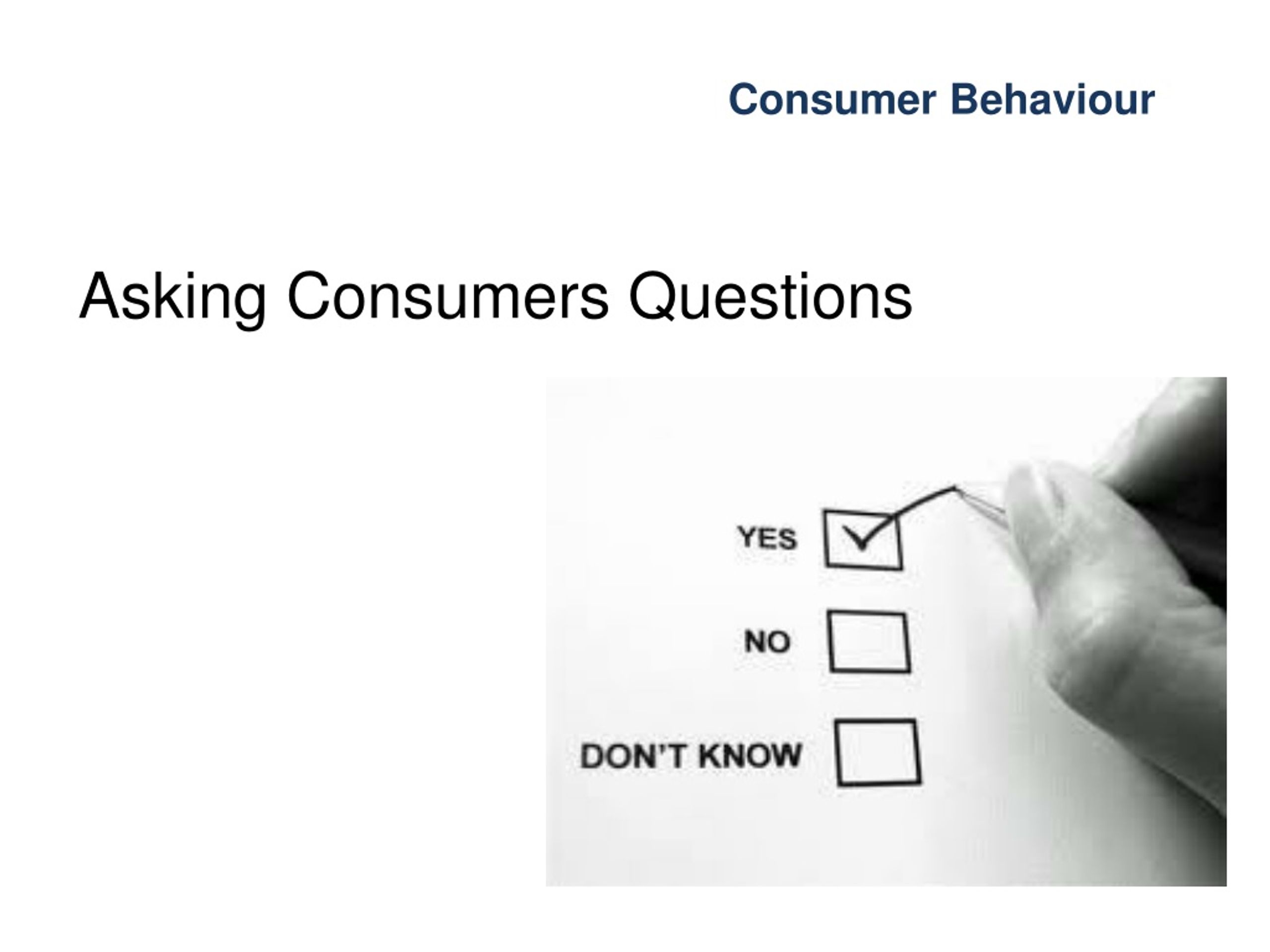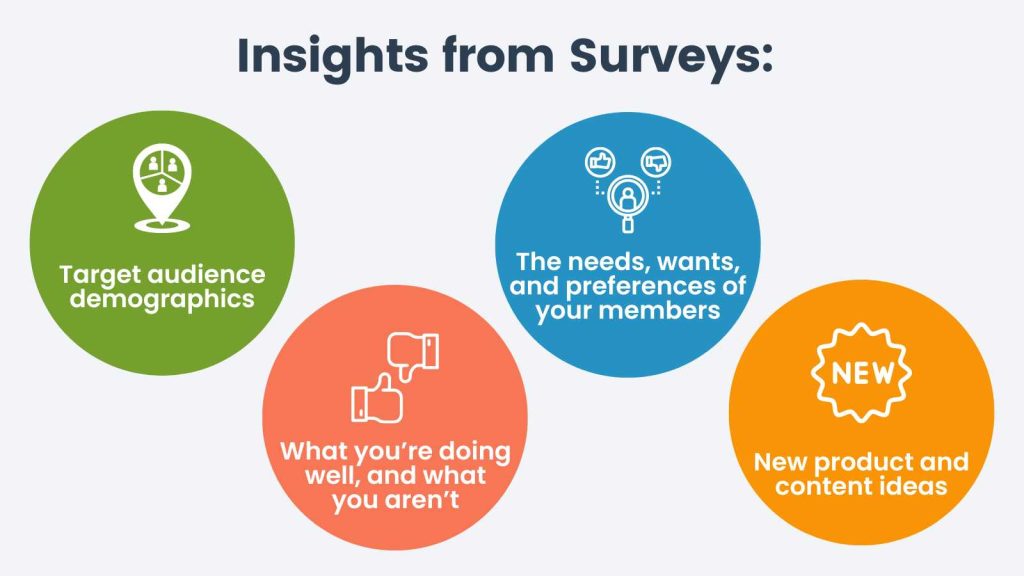In Order To Be Effective A Consumer Survey Should Contain

In an era defined by data-driven decision-making, consumer surveys serve as a critical bridge between businesses and their target audiences. However, a poorly designed survey is not just ineffective; it can be misleading, leading to flawed strategies and wasted resources. The stakes are high, demanding a rigorous understanding of the elements that constitute a robust and reliable consumer survey.
At its core, an effective consumer survey must be meticulously designed to elicit accurate, actionable, and representative data. This involves careful consideration of question types, sample selection, survey length, and data analysis techniques. Ultimately, the goal is to extract meaningful insights that empower businesses to refine their products, services, and marketing efforts to better meet the needs and preferences of their customers.
The Foundation: Clear Objectives and Target Audience
The cornerstone of any successful survey is a well-defined objective. Before crafting questions, researchers must identify the specific information they seek to obtain. This clarity ensures that every question serves a purpose and contributes to the overall goal of the survey.
Defining the target audience is equally crucial. Understanding the demographics, behaviors, and characteristics of the intended respondents allows for tailoring the survey language and delivery methods to maximize response rates and data quality.
Crafting Effective Questions
The questions themselves are the lifeblood of a consumer survey. Using clear, concise, and unbiased language is paramount to avoid confusion and ensure accurate responses. Ambiguous or leading questions can skew results and undermine the survey's validity.
A mix of question types is often beneficial. Multiple-choice questions offer structured response options, while open-ended questions allow respondents to express their thoughts in their own words. The appropriate mix depends on the specific research objectives.
Avoiding Bias
Bias can creep into surveys in various forms. Leading questions, which subtly suggest a desired answer, are a common pitfall. Similarly, framing questions in a way that evokes emotional responses can distort the data.
Careful wording and pilot testing are essential to identify and eliminate potential sources of bias. Ensuring that the survey is neutral and objective is critical for obtaining reliable results.
Question Order and Flow
The order in which questions are presented can also influence responses. Starting with broad, general questions and gradually narrowing down to more specific topics can help respondents ease into the survey and provide more thoughtful answers. Sensitive or potentially intrusive questions should be placed later in the survey to avoid deterring participation.
Logical flow is also important. Grouping related questions together and using clear transitions can enhance the respondent experience and improve data quality.
Sampling and Representation
A representative sample is essential for generalizing survey results to the broader population. This means selecting a sample that accurately reflects the demographic and behavioral characteristics of the target audience.
Random sampling techniques, such as simple random sampling or stratified sampling, are often used to ensure that every member of the target population has an equal chance of being included in the sample. A larger sample size generally leads to more accurate results, but it's important to balance sample size with cost and feasibility.
Survey Length and Respondent Experience
Survey fatigue is a real concern. Lengthy surveys can lead to decreased engagement, lower response rates, and compromised data quality. Keeping the survey concise and focused is crucial.
Prioritizing the most important questions and eliminating any unnecessary items can help minimize respondent burden. Clear instructions, progress indicators, and user-friendly design can also enhance the respondent experience and encourage completion.
Data Analysis and Interpretation
Once the data has been collected, careful analysis is required to extract meaningful insights. Statistical techniques, such as descriptive statistics, correlation analysis, and regression analysis, can be used to identify patterns, relationships, and trends in the data.
However, data analysis is not simply about crunching numbers. It's also about interpreting the results in the context of the research objectives and the broader market environment. Drawing actionable conclusions and making data-driven recommendations are the ultimate goals.
Ethical Considerations
Ethical considerations are paramount in consumer surveys. Obtaining informed consent from respondents is essential. Participants should be fully informed about the purpose of the survey, how their data will be used, and their right to withdraw from the study at any time.
Protecting respondent privacy and confidentiality is also crucial. Data should be anonymized or de-identified whenever possible, and stored securely to prevent unauthorized access.
The Future of Consumer Surveys
Consumer surveys are constantly evolving to adapt to changing technologies and consumer behaviors. Online surveys are becoming increasingly popular, offering convenience and cost-effectiveness. Mobile surveys are also gaining traction, allowing researchers to reach respondents on the go. According to Pew Research Center, online surveys have become a staple of data collection.
Artificial intelligence (AI) is also playing a growing role in survey design and analysis. AI-powered tools can help researchers identify potential biases in questions, personalize the survey experience, and automate data analysis tasks.
In conclusion, crafting an effective consumer survey requires a multifaceted approach. Paying close attention to objectives, question design, sampling, survey length, data analysis, and ethical considerations is essential for obtaining accurate, actionable, and reliable insights. By embracing best practices and leveraging new technologies, businesses can harness the power of consumer surveys to make informed decisions and drive success.
